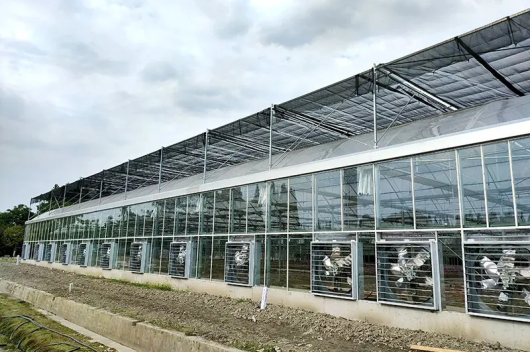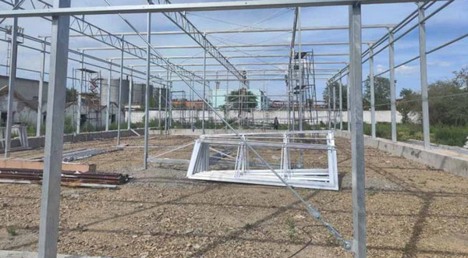On International Day of Clean Energy, inaugurated on 26 January 2024, the world is reminded of our climate promise and the need for urgent action for a just and inclusive transition towards clean energy, a necessity for both people and planet. At COP28, countries agreed to recognize the need for collective progress for transitioning away from fossil fuels, which are responsible for nearly 90% of global carbon dioxide emissions. Transitioning away from fossil fuels in energy systems, in a just, orderly, and equitable manner is crucial. To accelerate action in this critical decade and to achieve net zero by 2050, it would require tripling the renewable energy capacity and doubling the global rate of energy efficiency by 2030.
Mongolia, where the energy sector predominantly relies on coal, contributing over 90% to electricity generation, cannot afford to stay behind in this global shift. The Government of Mongolia’s target, as outlined in the State Policy on Energy 2015–2030, aims for a renewable energy share of 20% by 2023 and 30% by 2030 of its installed capacity. The country is also committed to reducing greenhouse gas emissions by 22.7% by 2030 while energy sector accounts for 44.78% the total as of 2020 according to Mongolia’s Second Biennial Update report.
Furthermore, barely 50% of the population has access to clean cooking fuels on average, a percentage that comes down to less than 20% in rural areas. As of 2023, Mongolia has 3 wind farms, 9 solar farms, and small hydropower plants, accounting for 18.3% of the total installed capacity and only 9.6% of total electricity production. Which means that the action has to be accelerated if the ambition of 30% renewable energy share is to be reached in six years period.
However, challenges remain. Mongolia’s economy is heavily reliant on the production of coal, which contributed significantly to its export revenue in 2023, and 90% to its power generation needs. The power generation is state owned and highly subsidized.
These present a significant challenge towards economic diversification and shifting towards renewable and clean energy for electricity production and heating, respectively. Furthermore, lack of infrastructure such as access roads, transmission and grid network, and the investment needed along with harsh climate conditions that would enhance battery storages are major hurdles in this regard.
In addition, Mongolia’s reliance on energy imports, to meet its increasing excess demand, which is still exceeding of energy capacity and resulting in routine blackouts, highlight the urgency for a robust clean energy infrastructure.
On the other hand, Mongolia’s heavy dependence on fossil fuels is posing major health risks to its people, especially in urban areas like Ulaanbaatar, where air pollution reaches hazardous levels during winter months.
According to National Statistics Office, as of 2020, The ger area is home to over 60 percent of total households in Mongolia. According to ADB (2022), most people living in Ulaanbaatar’s ger are uses traditional coal and wood burning stoves for cooking and heating, a major factor of the dangerous indoor and outdoor air pollution.
According to UNDP’s report on Mongolia’s spending need for achieving SDGs, Mongolia needs to spend additional 2.1% of nominal GDP on average annually until 2030 to realize the SDG7 on clean and affordable energy, which means it will require substantial investment both foreign and domestic.
Mobilizing financial resources and de-risking new technologies is another challenge that requires willingness and support at all levels. De-risking energy technology adoption and new financing solutions such as blended finance for households and private sector, particularly SMEs, could also encourage accelerate renewable energy transition.
Mongolia’s nomadic herders have pioneered the adoption of solar panels, with over 200,000 herder households utilizing solar energy as a result of Government’s ‘100,000 Solar Ger Electrification Program supported by World Bank in 2001-2011. This shows that Mongolian people are already keen towards adopting clean energy in their lives and that it is possible.
(source: UNDP)
 3,575.44
3,575.44












Related News